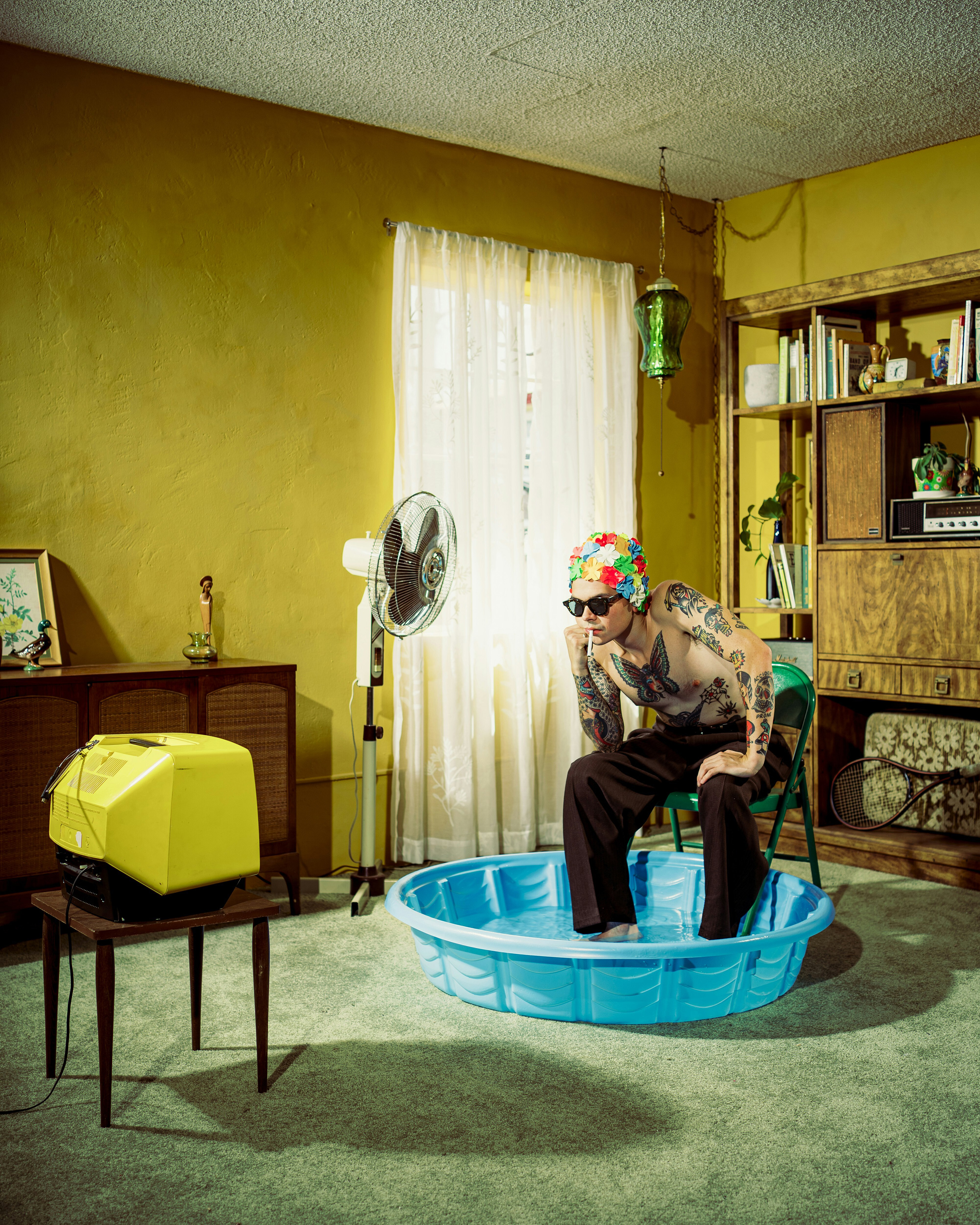If you’ve worked in marketing long enough, you’ve heard the phrase: “We need to be everywhere.”
It sounds ambitious. It feels safe. And it’s almost always wrong.
Because platforms aren’t just pipelines for content. They’re cultural ecosystems. Each one has its own rituals, audiences, humor, taboos, and rhythms. Treat them as interchangeable and you’ll get the one thing no brand can afford: indifference.

Different platforms, different refuges
People don’t choose platforms at random, they choose them as refuges.
- TikTok is where younger generations go to explore, play, and escape. It’s chaotic, weird, and endlessly creative.
- Instagram is still the glossy storefront of self-expression. It’s where aspiration, aesthetics, and lifestyle curation thrive.
- Facebook remains the town square for many. Local communities, parents, hobby groups, and events still live here - even if marketers love to write it off.
- LinkedIn has become more than a resume library. It’s a stage for authority, insights, and thought leadership - and the one place where long-form storytelling still works.
Generations and cultures flow into these spaces for different reasons. A 19-year-old in Antwerp and a 45-year-old in Ghent don’t use the same feeds, and they certainly don’t expect the same brand voice.
One size fits nobody
The shortcut most brands take is the “cross-post.” Same content, copy-pasted across platforms. It’s efficient, but it flattens everything. That TikTok trend you posted on LinkedIn? It looks juvenile. That detailed industry analysis you cross-posted to Instagram? It looks like homework.
Cross-posting can work when the message is universal but it’s a tactic, not a strategy. Without adapting to the culture of each platform, content becomes wallpaper.
The rule of fit: story meets stage
Every platform is a stage. The story has to match the stage.
- On TikTok, brands need to embrace play, irony, and speed. It’s a space where imperfections are signals of authenticity, and where culture shifts in hours, not weeks.
- On Instagram, visuals still dominate. It’s where design, aspiration, and brand identity matter. Stories and Reels give you intimacy, but only if the content feels native, not repurposed.
- On Facebook, utility and community win. People join groups to connect, not to be sold to. For some brands, it’s still the best channel for loyalty-building.
- On LinkedIn, expertise is currency. It’s the rare platform where long-form ideas are rewarded and where B2B brands can build actual thought leadership.




